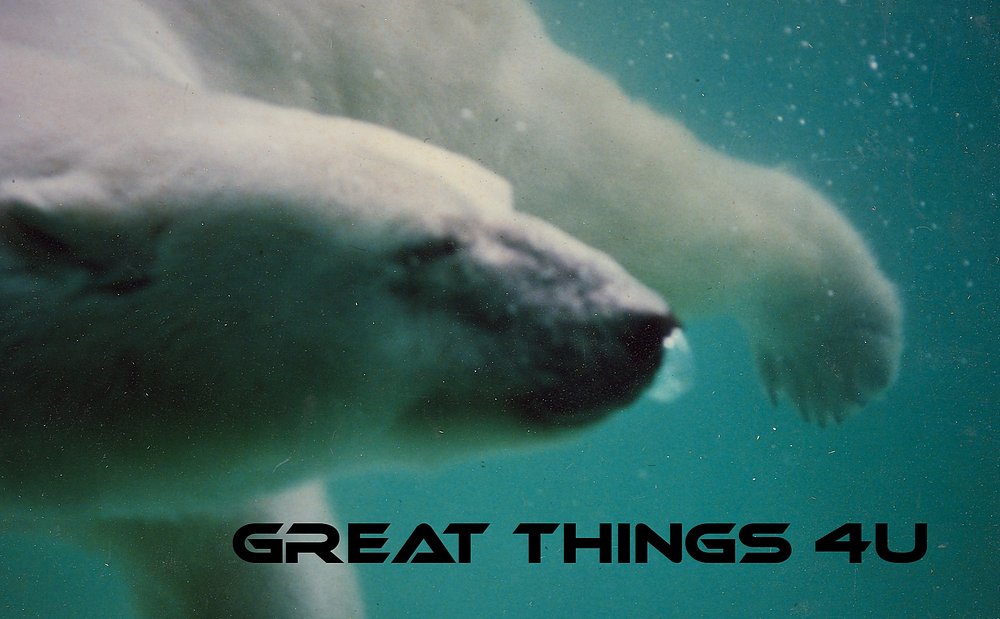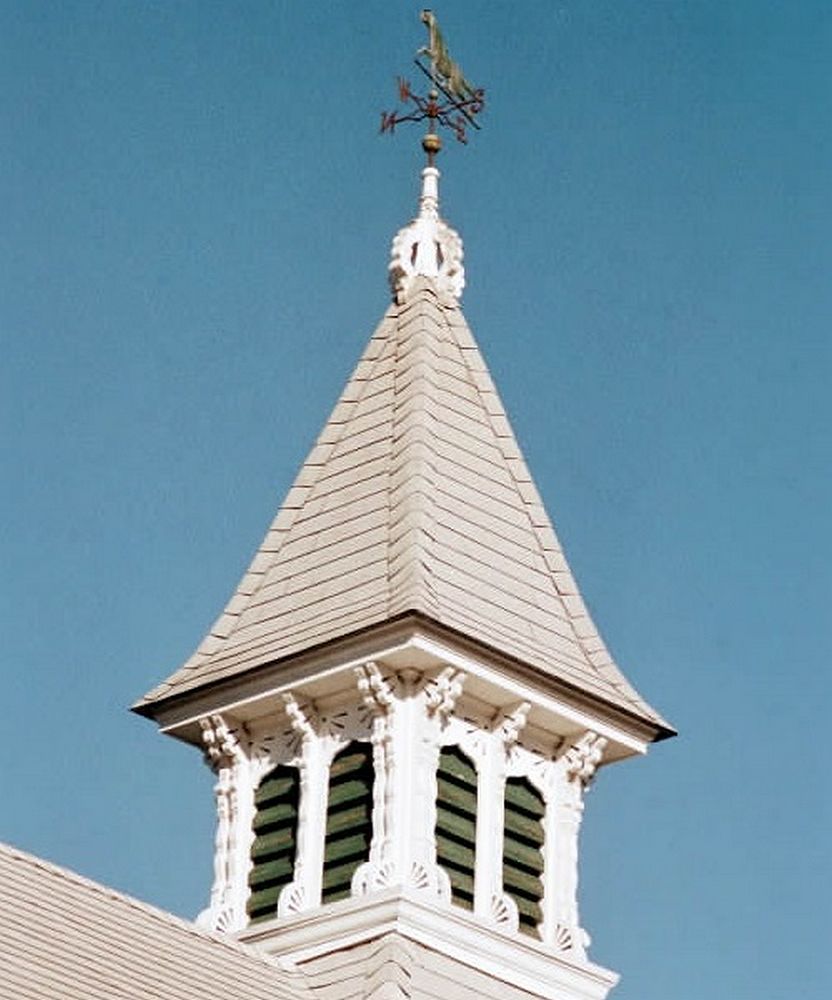PROGRESSIVE EPOXY POLYMERS, INC.
GOOGLE SITE SEARCH - Click here
Click here - YouTube video.
Nothing but Quality
Products at Good Prices, Great Customer Service, and Lots and Lots of Helpful
Information
and NO SALES TAX - You
are shopping in TAX FREE New Hampshire
APPREHENSIVE?
New to Epoxies? (They can be $$$). Let's talk (603 -
435 - 7199 or
EMAIL) and put yourself at ease with a 1 on 1 conversation about
your project, which products will work best for you, and how to use
them. After purchase "handholding", support, and encouragement are
also available anytime. We freely share our 20 plus years of epoxy
experience and problem solving experience. If our owner, Paul
Oman, is not available he will return your call quickly.
Emails are answered all day long. Without potential customers,
repeat customers, and friends like you that want some free, quick
advice, New Hampshire based Progressive Epoxy Polymers, Inc.,
a Better Business Bureau member, would not exist.
Thank you
in advance and thank you
for visiting epoxyproducts.com. We appreciate your
interest in our company.
PRIMARY
STORE LINK ---
TOP SELLING
PRODUCTS --- EPOXY GURU HELP
SITE ---
EPOXY DATA SHEETS
.
Rust and
Corrosion Control Using Specialty Coatings (epoxy / aluthane)
Popular coating for
auto restoration - wood and fiberglass priming
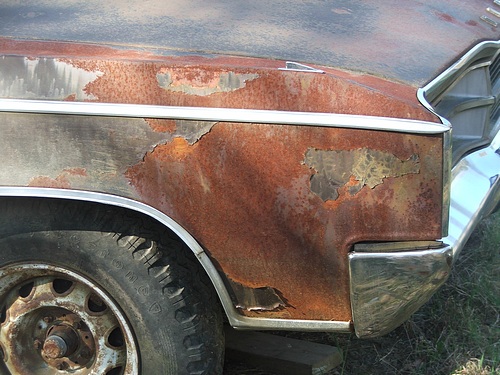
active rust
Coatings Paints Epoxy Resins to
Prevent Rust and Corrosion
Aluthane and Epoxy Paints use to stop prevent corrosion and rust
Your Host and Tour Guide:
Paul Oman, MS, MBA - Progressive Epoxy Polymers,
Inc.
(floor epoxies,
marine epoxies, underwater epoxies, repair epoxies)
Member: NACE (National Assoc. of
Corrosion Engineers), SSPC (Soc. of Protective Coatings)
Board member:
Friends of the Suncook River
- 501(c)(3) non profit ----- Founder: Friday
Night Paddlers .
"Professionals helping Professionals"
PROGRESSIVE EPOXY
POLYMERS, INC.
|
PAGE AND SITE
NAVIGATION |
Epoxy Education Links Page ====> This 'Linked
To' corrosion control (rust) paint Sub-Page
FYI: catalog pages are blue (marine) or yellow (home/indust), info pages are green,
product pages are purple, core pages are gray
No Sales Tax applied. Save Money, you're shopping
in Tax Free New Hampshire
|
NOTICE: Legal notices, Terms of Service, warranty information, disclaimers, health warnings,
etc. are required reading before using website, ordering and/or using Products. Any such use and/or ordering, online
or by telephone, shall constitute acceptance and knowledge of all such terms.
CLICK HERE (www.epoxyproducts.com/legal.html) to access these terms. |
....................................................
The EPOXY GURU - Internet's most popular
epoxy repair/help site. Leave your questions for the everyone's favorite Guru.
7 epoxies/coatings to fix 'darn near' everything
- today's
best coating technologies
See how Sunken Yacht is saved by
epoxies applied underwater
DIY epoxy repair links
MEMBER:
Internet Epoxy Confederation (IEC -
CLICK HERE TO VISIT) -- "Where Professionalism Still Matters"
We've been selling epoxy - marine epoxy (boat building - wood / fiberglass
repair) industrial coatings - garage paint -
underwater epoxies - thick
putties - tabletop resins and supplies since the early 1990's
|
We all
know the a problem rust and corrosion are with the things we value. Rust attacks
our cars, boats, tools, and structures. There are several ways to 'fix' the rust
problem.
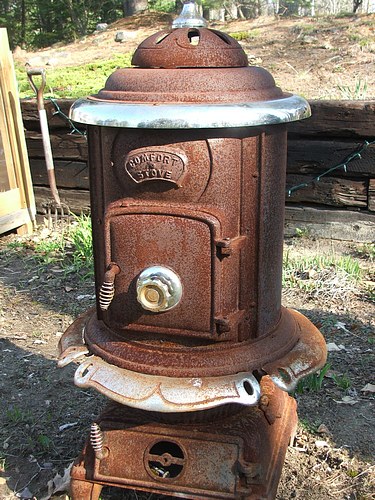
1) remove the rust - i.e. sandblasting
etc. A short term fix because the object will begin to rust again immediately
2) convert the rust - products called rust
converters change the iron rust into another iron product that doesn't rust.
This is a chemical protection approach.
3) isolate the rust (or the rust prone
surface) from the air and moisture needed to form rust. This is what paints and
coatings attempt to do. Some paints and some coatings do a much better job than
others in this regard. This is a mechanical approach to rust prevention. Note
that you can combine chemical and mechanical corrosion prevention methods.
EPOXY PAINTS and RESINS
Thick, generally goopy, and very
non-porous, epoxies do an outstanding job of preventing air and moisture from
reaching a rust prone surface. Epoxies don't like sunlight (UV) and will yellow
and eventually break down with UV exposure. So in many setting (like chemical
plants) epoxy paints to the "work' and more ordinary paints are applied over the
epoxy for 'looks'.
MCU Aluthane (tm)
Aluthane is a moisture cured urethane
(MCU) that is pigmented with aluminum - hence an aluminum paint. The aluminum
flake pigment and the MCU properties themselves, provide a excellent
brush/roller/spray on barrier to air and moisture. For more information on this
product google aluthane or
CLICK HERE .
This product is a Progressive Epoxy
Polymers, Inc. best selling, favorite product. Visit our FAVORITES - 7
EPOXIES THAT WILL FIX ANYTHING web page
at:
epoxyproducts.com/favorites4u.html View other popular one-of-a-kind
products.
| Order
this product by calling 603-435-7199
anytime or order online using this link to our Primary Web
Store:
EPOXYPRODUCTS |
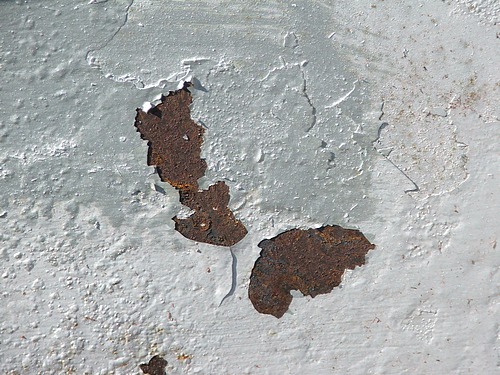
RUST
We really appreciate
you visiting PROGRESSIVE EPOXY POLYMERS, INC. and our web site:
EPOXYPRODUCTS.COM. Take advantage of the CONTACT links on this page to ask
questions about our products and/or your projects. You can stay in touch with us
via our NEWSLETTER (link on our
contact page) which is
emailed every 6-8 weeks.
This
current page is all about:
Rust and Corrosion Control
Coatings Paints Epoxy Resins to
Prevent Rust and Corrosion
Aluthane and Epoxy Paints use to stop prevent corrosion and rust
|
 |
WOW!
35%
- 40% of all daily online or telephone orders are from existing
customers. That's an amazing 'REPEAT
CUSTOMER" number. |
|
EPOXY-ONLY WEB SEARCH
|
603 - 435 -
7199 ANYTIME 24/7 FOR HELP OR ORDERS |
|
 |
|
| |
What is an MCU
Coating?
Aluthane (tm) is
an MCU coating. MCU stands for
Moisture Cured Urethane and makes a very superior high
performance coating. These are a unique type of coating
much better known in commercial industrial painting circles than
within the general public market. Most MCU coatings use
tiny aluminum flake as pigment which gives them their classic
silvery/gray color and enhances their remarkable properties.
MCU contain lots
of solvents which aids in penetrating tiny cracks and crevices.
The coating scavenges moisture from its contact surfaces and the
air and undergoes an cross-linking molecular process which
'grips' or grabs onto surfaces for outstanding adhesion, even
with poorly prepared surfaces. Removing internal surface
moisture removes one of the key components necessary for rust
development.
The resulting dry
surface (aided by the stacking aluminum pigment platelets)
provides a physical barrier to air and oxygen, another necessary
component for rust to form. The result is a thin, hard
coating that seals our air, water, salts, minerals etc.
essentially encapsulating the surface It therefore is one
of the best, easy to apply, rust and corrosion control coatings.
Its amazing
adhesion results in a versatile coating well suited for use on
steel, aluminum, concrete, fiberglass, wood etc. It can be used
as a primer/sealer, a middle coat or a exposed as a topcoat. The
aluminum pigmented versions have no UV issues, can be applied at
low temperatures and operate at temperatures of up to about 400
degrees F. Besides being used as a rust stopper is also has
applications on boats, roofing and flooring applications.
In is used a lot in the industrial, automotive, marine and farm
marketplaces. The AUTO RESTORATION market is one place these
coatings are widely promoted within the 'DIY home' marketplace.
Basic MCU
properties
* minimum surface
prep required (so common on structures and objects hat cannot be
sandblasted etc.)
* easy to apply -
thin, with good coverage
* fast drying
* long life (some
vendors claim 10-20 years of performance)
* very good
chemical, temperature and abrasion resistance
* replacement for
galvanized surfaces and other environmentally damaging zinc rich
products
* contains no
dangerous lead, zinc, chromates, or heavy metals
|
Commercial vs.
DIY MCU Coating Products
Given the
outstanding and time tested performance and properties of
MCU coatings in serious commercial setting it is not surprising
that companies have attempted to move this product into the
DIY/Home-Boat Owner market. This market is less
knowledgeable and will accept lesser quality and overpriced MCU
coatings compared to the commercial/industrial marketplace.
Warning Flags:
* Very slick web
sites that suggest their product is unique and one-of-kind and
that you cannot find anything even remotely similar. Some sites
really play up MCU chemistry, others hide it, thus implying how
'magical' and special their standard MCU coating is.
* Fancy
product names and colorful labels that suggest a Madison Ave
focus rather than no-frills commercial roots.
* Prices in the
$150-$200 a gallon range. No MCU coating is that expensive
to manufacture, especially for large companies. These folks are
making $100 plus profit per gallon from you (with 'discounts'
and 'free shipping' making hardly a dent in their profits). No
commercial user would pay these outrageous prices for a gallon
of an industrial coating.
* Check product
coverage. These are thin products, due to their chemistry they
don't need to be thick. But the general public usually thinks
thicker is better. The thicker the product the more you use and
the more you will have to purchase (at those extremely high
prices). If coverage numbers are given make certain they are
real life numbers and not "theoretical coverage" numbers. The
theoretical coverage for 1 gallon of water at 1 mil thick is
over 1600 square feet.
* One thing that
cannot be easily established, but should be lurking in the back
of your mind is the polyurethane resin used in the manufacture
of the coating. Top-of-the-line, commercial/industrial MCU
coatings, like our Aluthane product, use 100% polyurethane
resin. MCU coatings can be manufactured with diluents and other
low cost additives to reduce the amount of polyurethane resin in
the manufacturing process (like adding water to the whiskey!).
The result is still a good MCU, but not a great one and not one
formulated for maximum performance, but rather for better
profits. One of our 'regular' 30 gallon a month Aluthane
MCU customers stopped purchasing for about 5 months, presumably
testing alternative products. They returned to us most likely
because of the higher purity/quality and reasonable price of our
Aluthane (tm) MCU.
| Order
this product by calling 603-435-7199
anytime or order online using this link to our Primary Web
Store:
EPOXYPRODUCTS |
Progressive Epoxy Polymers, Inc.
www.epoxyproducts.com

Epoxy Essentials
(tm)
Reasons for coating failures
Preparation problem 70%; application problem 12%; environment problem 6%; wrong paint selection 9%; bad
paint 1%; adding thinner 2%
"At least 70% of premature coatings failures are traced back to 'surface preparation' whether referring to
wood, concrete, or metal. In a commercial recoating project, the costs (and profit) associated with surface preparation
are about 70% of the job. How extensive the surface preparation is will depend on the performance expectation of
the owner... Know the A, B, C's of surface preparation - visible contaminants, invisible contaminants, and profile."
Dr. Lydia Frenzel, The ABCs of Surface Preparation, Cleaner Times, April 2001, pg. 42-44.
DID YOU KNOW...
Epoxy coatings are used because of their
outstanding chemical resistance, durability, low porosity and strong bond
strength.
Epoxies consist of a ‘base' and a ‘curing' agent. The two components are mixed in a certain ratio. A chemical
reaction occurs between the two parts generating heat (exotherm) and hardening the mixture into an inert, hard
‘plastic'.
Epoxies yellow, chalk (or more commonly least lose their gloss), in direct sunlight (UV). The yellowing can
be a real problem. For pigmented epoxies select colors that are dark or contain a lot of yellow (such as green).
Even clear epoxies will yellow and cloud up. Often epoxies are top coated with latex or urethanes that will retain
their color and attractive gloss. This is particularly true if color coding or matching company colors is important.
Epoxies will harden in minutes or hours, but complete cure (hardening) will generally take several days. Most
epoxies will be suitably hard within a day or so, but may require more time to harden before the coating can be
sanded.
By their nature, epoxies are hard and brittle. Additives can be added to epoxies that make them less brittle,
but generally at the loss or reduction of other positive epoxy properties such as chemical resistance.
Other clues of cheap epoxies include ‘induction time' (after mixing the two components the mixture must sit
for several minutes to ‘self cook' before being applied).
The best time to recoat epoxy is within about 48 hours after the initial coat. Because epoxies take days to
reach full cure, a second coat applied shortly after the first coat will partially fuse to the first coat rather
than forming a simple mechanical bond.
End users can thicken epoxy with many things, Tiny glass spheres, known as micro-spheres or micro-balloons
are commonly used. Besides thickening, their crushable nature makes sanding the hardened epoxy easier. On the downside,
they work like tiny ball bearings, resulting is sagging and slumping. Another thickener is fumed silica (a common
brand name is Cabosil (tm)) which looks like fake snow. About 2 parts fumed silica with one part epoxy will produce
a mixture similar in texture and thickness to petroleum jelly. Micro-spheres and fumed silica can be combined together.
Fisheyes are areas on a painted surface where the coating literally pulls away for the substrate leaving a coatingless void or fisheye. Often fisheyes are caused by surface contaminants such as a bit of silicon, wax, or
oil. I have also seen them on clean plywood where epoxies paints have been used as sealers and the problem might
be due to uneven saturation (soaking-in) of the epoxy into the wood. Surface tension plays a big part in fisheyeing.
There are some additives that can be mixed into the epoxy that will reduce surface tension. Likewise, on wood,
applying several coats of solvent thinned epoxy, instead of one coat of unthinned epoxy, seems to work well. Applying
a thick coat of epoxy over a contaminated fisheye surface will bury the fisheye but expect the coating to peel
away in the future. As a rule of thumb, always suspect some sort of surface contamination as the primary cause
of fisheyeing.
Adding a bit of solvent to a solvent based or solvent-free epoxy is something that most manufacturers would
not officially approve of and something that might not work with all epoxies. However, it can be done (unofficially)
with the epoxies I deal with. Adding solvent to these epoxies will: 1) thin them out; 2) increase
pot life; 3) allows
them to flow off the brush/roller a bit more smoothly; and 4) perhaps allows them to ‘soak-in', penetrate, or may
be soften, the substrate just a little bit. Not change is visible in the epoxy unless 12% or greater solvent is
added. With that amount of solvent, the epoxies no longer cure with a glossy finish.
It is best to use epoxies with a mix ratio close to 1 to 1 as opposed to something 4-1, 5-1, etc. because errors
in the mix ratios can be more pronounced with the latter. That said, no matter what the mix ratio is, some epoxies
are more forgiving of mix ratio errors than others. One ‘trick' of epoxy vendors with odd or very sensitive mix
ratios is to sell calibrated pumps that disperse the epoxy components in exact amounts.
How Thick? How thick should your coating be?
Economics play a major role in determining how much coating to apply. One U.S. gallon contains 231 cubic inches.
That's only 1.6 cubic square feet of surface at one inch thick and that's also assuming a solvent-free product.
If the product is 25% VOC (i.e. 25% solvent) then dry thickness/coverage will be 25% less. Again, assuming a 1/4
inch thick coating (250 mils) maximum coverage will still be only 6.4 square feet per gallon. A solvent-free (100%
solids) epoxy coating applied at 16 mils will cover 100 square feet per gallon (note: the wall paint in your office
is probably 2-4 mils). While thick coatings sound like a good idea, they use so much product that they must be
made very cheaply so that coating 1,000 or 10,000 square feet can still be done at a competitive price. A high
quality, fairly expensive product with a coverage rate of 100 sq. feet or more per gallon, on the other hand, will
have a low enough cost per sq. foot to provide both economy and top quality.
Coatings Paints Epoxy Resins to
Prevent Rust and Corrosion
Aluthane and Epoxy Paints use to stop prevent corrosion and rust
####







